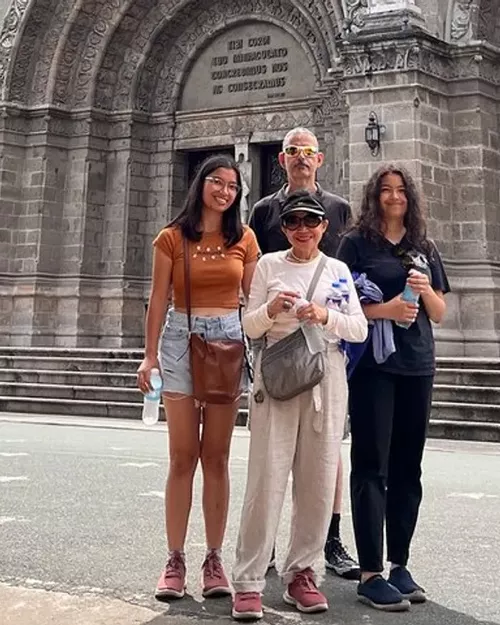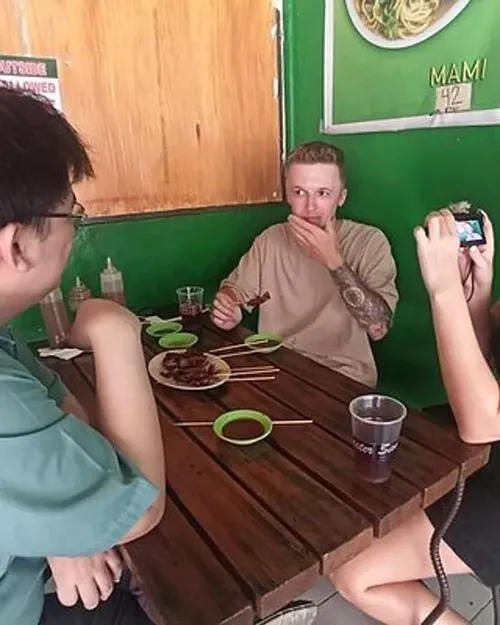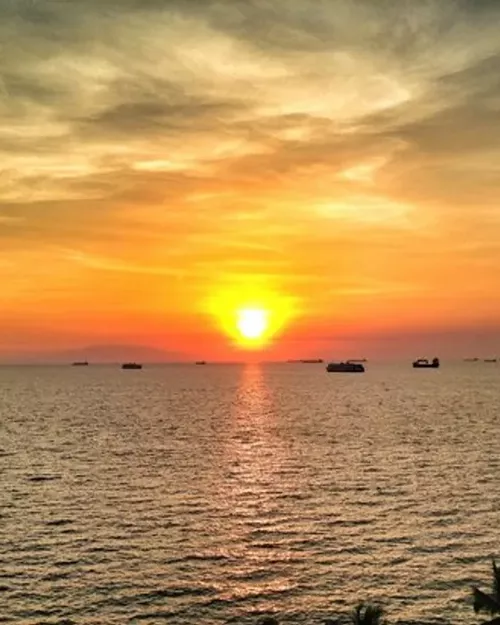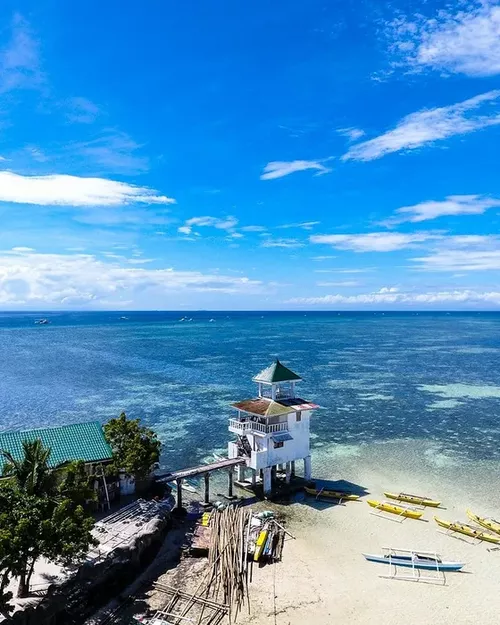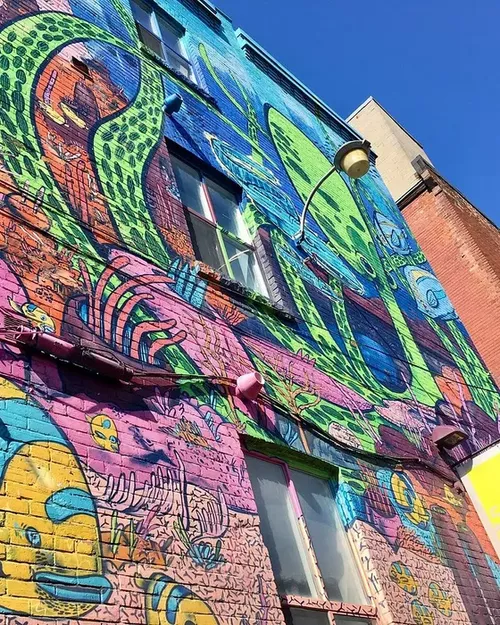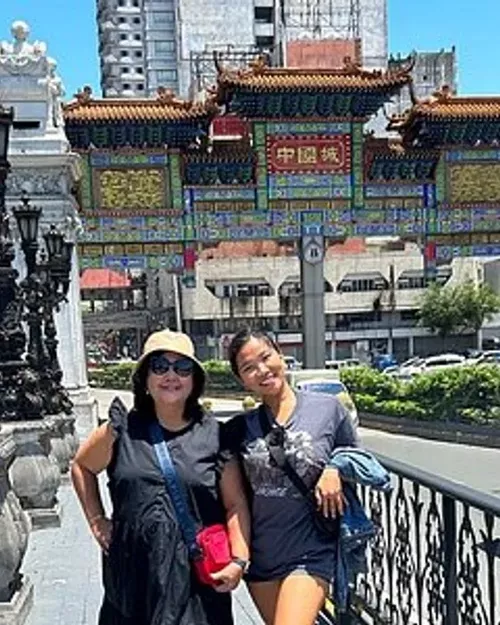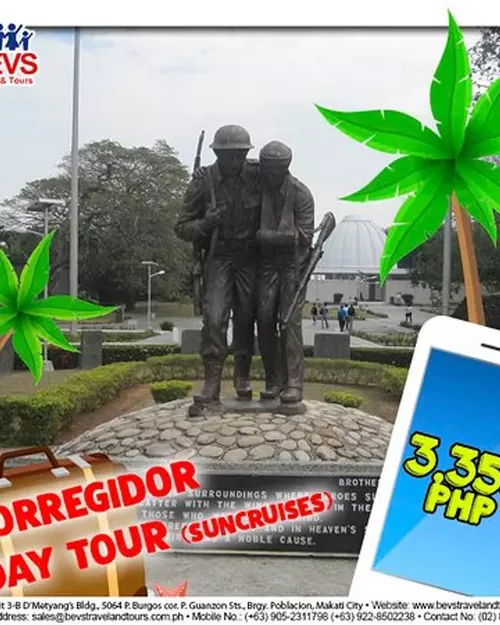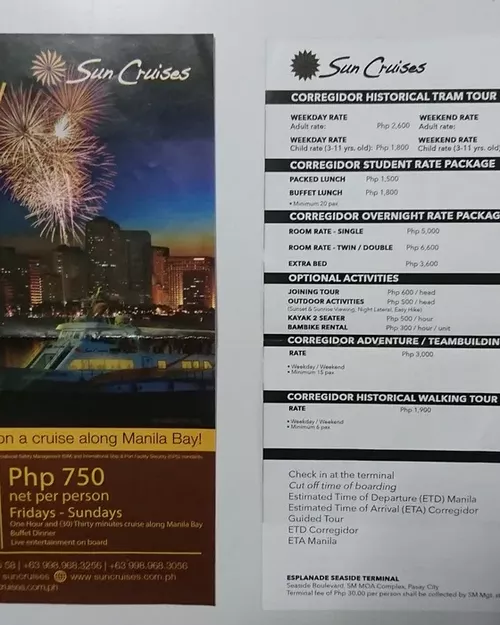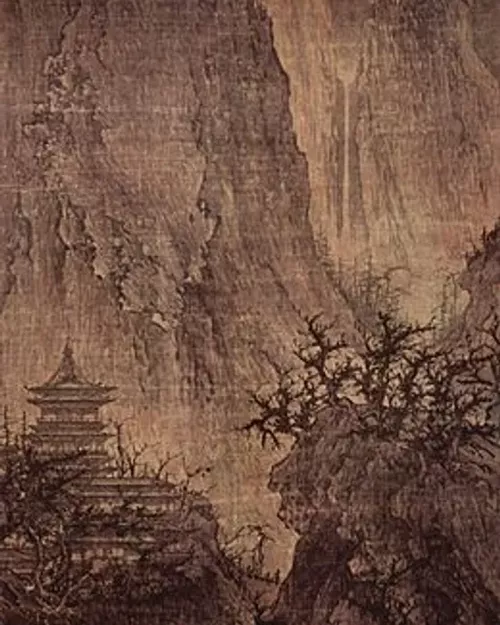Manila is popular for
Manila in next 3 month
Weather in Manila
December in Manila is cool with occasional rain showers and improved air quality, making it a pleasant time to visit.
Usual trip duration
A 3-4 day trip to Manila allows you to explore the city's historical sites, vibrant markets, and diverse culinary scene. You can also take day trips to nearby natural attractions and enjoy the bustling nightlife.
Affordable with some expensive options
Ideas To Plan Your Trip
Places To Visit
Places To Eat
Frequently Asked Questions about Manila
The best time to visit Manila is during the dry season, which runs from November to April. During these months, you can expect less rainfall and more sunshine, making it ideal for exploring the city's attractions and engaging in outdoor activities. The temperatures are generally pleasant, ranging from the mid-70s to the low 90s Fahrenheit (24 to 32 degrees Celsius). Avoid the rainy season from June to September, as heavy rains and potential typhoons can disrupt travel plans and outdoor activities.
Consider visiting during the shoulder months of November and April for a balance of good weather and fewer crowds. December and January are peak tourist season, especially around the Christmas holidays, so expect higher prices and more crowded attractions.
Manila is easily accessible by air, sea, and land. Here's a breakdown of the different ways to reach the city:
| Mode of Transport | Details |
|---|---|
| By Air | Ninoy Aquino International Airport (NAIA) is the main international gateway to the Philippines. It has four terminals serving both domestic and international flights. Numerous airlines connect Manila to major cities worldwide. From the airport, you can take a taxi, bus, or ride-sharing service to reach your destination in Manila. |
| By Sea | The Port of Manila is a major seaport serving both domestic and international routes. Ferries and cruise ships connect Manila to other islands in the Philippines and various international destinations. Several ferry companies operate from the port, offering transportation options to different parts of the country. |
| By Land | Manila is connected to other parts of Luzon Island by an extensive network of buses and highways. Several bus companies operate from various terminals in Manila, offering transportation to different provinces in Luzon. You can also hire a private car or take a taxi to reach Manila from nearby cities and towns. |
Manila offers a diverse range of attractions, from historical sites and cultural landmarks to modern shopping malls and entertainment venues. Here are some of the must-visit places in Manila:
| Attraction | Description |
|---|---|
| Intramuros | A historic walled city that showcases Spanish colonial architecture. Explore its cobblestone streets, churches, and museums. |
| San Agustin Church | A UNESCO World Heritage Site and one of the oldest churches in the Philippines. Admire its stunning Baroque architecture and religious artifacts. |
| Fort Santiago | A historic fortress that played a significant role in Philippine history. Learn about its past and enjoy panoramic views of the Pasig River. |
| Rizal Park | A large urban park that serves as a popular gathering place for locals and tourists. Enjoy its gardens, monuments, and cultural performances. |
| National Museum Complex | Consists of the National Museum of Fine Arts, National Museum of Anthropology, and National Museum of Natural History, showcasing the country's rich cultural and natural heritage. |
| Binondo Chinatown | The world's oldest Chinatown, offering a vibrant mix of Chinese and Filipino cultures. Explore its bustling streets, temples, and restaurants. |
Manila offers a wide range of activities for tourists to enjoy. Whether you're interested in history, culture, food, or nightlife, there's something for everyone in this vibrant city. Here are some popular activities to consider:
- Explore Intramuros on a bamboo bike tour or a kalesa (horse-drawn carriage).
- Visit the National Museum Complex to learn about Philippine art, history, and culture.
- Take a food tour of Binondo Chinatown and sample authentic Chinese-Filipino cuisine.
- Shop for souvenirs and handicrafts at the Quiapo Market.
- Enjoy a sunset cruise on Manila Bay.
- Experience the vibrant nightlife in Poblacion, Makati.
- Visit the Ayala Museum to see a collection of Philippine historical dioramas.
- Attend a cultural performance at the Cultural Center of the Philippines.
If you have some extra time, consider taking a day trip or visiting nearby destinations from Manila. Here are a few popular options:
| Destination | Description |
|---|---|
| Tagaytay | A popular weekend getaway known for its stunning views of Taal Volcano and Taal Lake. |
| Corregidor Island | A historic island that played a crucial role in World War II. Take a tour and learn about its past. |
| Mount Pinatubo | A popular hiking destination with a stunning crater lake. |
| Vigan | A UNESCO World Heritage Site known for its well-preserved Spanish colonial architecture. (Requires overnight stay) |
Manila is a shopper's paradise, offering a wide variety of shopping options from upscale malls to bustling markets. Here are some of the best places to go shopping in Manila:
| Shopping Spot | Description |
|---|---|
| SM Mall of Asia | One of the largest shopping malls in the world, offering a wide variety of shops, restaurants, and entertainment options. |
| Greenbelt Malls | A series of upscale malls with high-end boutiques, restaurants, and a park-like setting. |
| Glorietta Malls | A large shopping complex with a mix of local and international brands. |
| Divisoria Market | A bustling market where you can find a wide variety of goods at bargain prices. |
| Quiapo Market | A vibrant market known for its religious items, herbs, and traditional Filipino goods. |
Manila is a food lover's paradise, offering a diverse culinary scene with a mix of local and international flavors. Here are some recommended restaurants and street food spots in Manila:
| Cuisine/Area | Restaurant/Spot |
|---|---|
| Filipino Cuisine | Barbara's Heritage Restaurant (Intramuros), Manam Comfort Filipino (various locations), Sentro 1771 (various locations) |
| Chinese Cuisine | President Grand Palace Restaurant (Binondo), Sincerity Fried Chicken (Binondo), Dong Bei Dumplings (Binondo) |
| Street Food | Binondo Chinatown, Quiapo Market, various street corners throughout the city (look for isaw, kwek kwek, fish balls) |
| International Cuisine | Toyo Eatery (modern Filipino), Antonio's Breakfast (Tagaytay - day trip), Gallery by Chele (innovative cuisine) |
The currency used in Manila, and throughout the Philippines, is the Philippine Peso (PHP). It is advisable to exchange your currency to PHP upon arrival for convenient transactions. You can exchange money at the following locations:
- Airports: Currency exchange counters are available at Ninoy Aquino International Airport (NAIA). However, rates may not be the most competitive.
- Banks: Major banks in Manila, such as BDO, Metrobank, and BPI, offer currency exchange services. They usually provide better exchange rates compared to airports.
- Money Changers: Numerous money changers are located in shopping malls and commercial areas. Compare rates between different establishments to find the best deal.
It's recommended to check the current exchange rates before exchanging your money. Credit and debit cards are widely accepted in major establishments, but it's always a good idea to have some cash on hand for smaller transactions and street vendors.
Manila has a diverse public transportation system, but it can be challenging to navigate for first-time visitors. Here's an overview of the different modes of transportation available:
| Mode of Transport | Description |
|---|---|
| Jeepneys | Iconic and colorful public utility vehicles that follow fixed routes. They are the cheapest mode of transportation but can be crowded and confusing for tourists. |
| Buses | Public buses operate on major routes throughout the city. They are generally more comfortable than jeepneys but can also be affected by traffic. |
| Taxis | Taxis are readily available in Manila, but be sure to use metered taxis and avoid those that offer fixed rates. Ride-hailing apps like Grab are also popular and convenient. |
| MRT and LRT | The Manila Metro Rail Transit System (MRT) and Light Rail Transit (LRT) are elevated train systems that can help you avoid traffic congestion. However, they can be crowded during peak hours. |
| Tricycles | Motorized tricycles are commonly used for short distances in smaller streets and residential areas. |
It's recommended to plan your route in advance and consider using a combination of transportation options to reach your destination efficiently.
While Manila is a vibrant and exciting city, it's important to be aware of potential safety concerns and take necessary precautions. Here are some tips to ensure a safe and enjoyable trip:
- Be aware of your surroundings: Pay attention to your surroundings and avoid walking alone in poorly lit or unfamiliar areas, especially at night.
- Protect your belongings: Keep your valuables out of sight and be wary of pickpockets, especially in crowded areas like markets and public transportation.
- Use reputable transportation: Use metered taxis or ride-hailing apps like Grab and avoid unmarked taxis or those that offer fixed rates.
- Be cautious with money: Be discreet when handling money and avoid displaying large amounts of cash in public.
- Stay hydrated: Drink plenty of water to avoid dehydration, especially in the hot and humid climate.
- Be aware of scams: Be wary of overly friendly strangers or those who offer unsolicited assistance, as they may be trying to scam you.
- Check travel advisories: Before your trip, check travel advisories from your home country for any specific safety concerns or recommendations.
By taking these precautions, you can minimize the risk of encountering problems and enjoy a safe and memorable trip to Manila.
The Philippines has a rich and unique culture, and it's important to be respectful of local customs and traditions when visiting Manila. Here are some cultural etiquette tips to keep in mind:
- Use "po" and "opo": These are polite words used when addressing elders or people in positions of authority. Using them shows respect and deference.
- Show respect for elders: Filipinos value elders, and it's important to show them respect by offering them a seat, helping them with their belongings, and using polite language.
- Remove your shoes: It's customary to remove your shoes before entering someone's home or a place of worship.
- Be punctual: While Filipinos are generally laid-back, it's important to be punctual for appointments and meetings.
- Dress modestly: Dress modestly, especially when visiting religious sites. Avoid wearing revealing clothing or shorts and sleeveless shirts in churches.
- Be mindful of noise levels: Avoid being overly loud or disruptive in public places, especially in residential areas.
- Be generous: Filipinos are known for their generosity and hospitality. If someone offers you something, it's polite to accept it, even if you don't need it.
By following these cultural etiquette tips, you can show respect for local customs and traditions and enhance your experience in Manila.
Manila is a city that loves to celebrate, and there are numerous festivals and events throughout the year that showcase the city's rich culture and traditions. Here are some popular festivals and events in Manila:
| Festival/Event | Description |
|---|---|
| Sinulog Festival (January) | A vibrant religious festival honoring the Santo Niño (Child Jesus) with colorful parades, street dancing, and cultural performances. While the main Sinulog is in Cebu, Manila also has celebrations. |
| Chinese New Year (January/February) | A major celebration in Binondo Chinatown with dragon dances, lion dances, fireworks, and traditional Chinese feasts. |
| Holy Week (March/April) | A solemn religious observance commemorating the passion, death, and resurrection of Jesus Christ with processions, church visits, and traditional rituals. |
| Independence Day (June 12) | Celebrates the Philippines' independence from Spanish colonial rule with parades, cultural performances, and flag-raising ceremonies. |
| Christmas Season (December) | The Philippines has one of the longest Christmas seasons in the world, starting in September and lasting until January. Manila is adorned with festive decorations, and there are numerous Christmas markets, concerts, and events. |
Attending these festivals and events is a great way to experience the vibrant culture and traditions of Manila.



